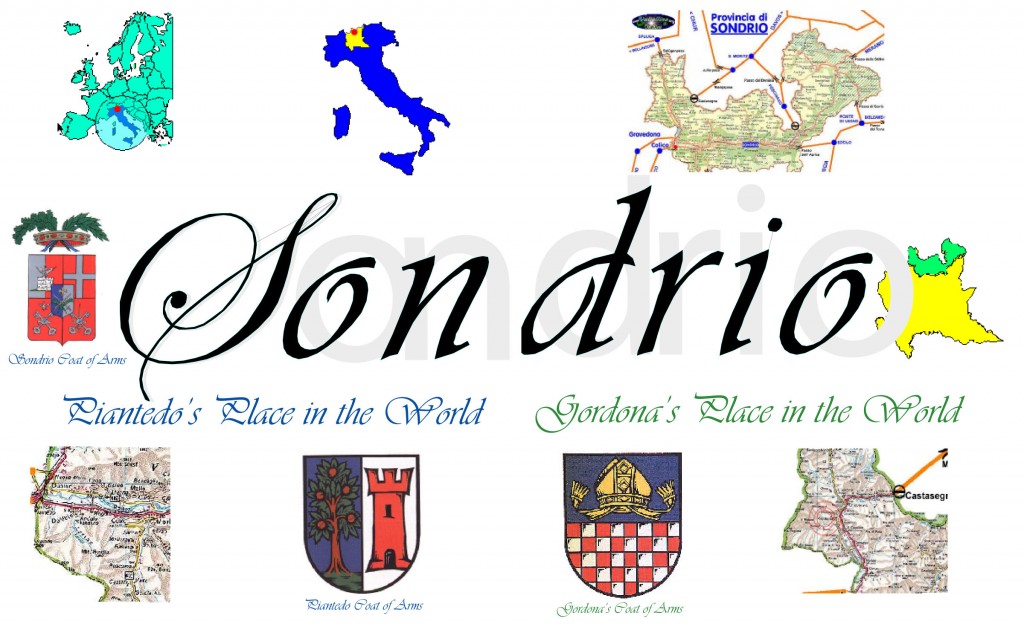ORIGINS OF ITALIAN NAMES
SCALCINI
Corruption of the 15th century name Scalvini. Name is derived from the Val di Scalve in the Lombardia region near Bergamo. Scalvini’s were found in the Sondrio region as early as 1600. The Scalcini name is very rare in Italy and is only found in Lombardia.
DIGONCELLI
The name means “little duke.” Various spellings of the name are found in the Madesimo region of Sondrio in 1587 with Guglielmo Duconcelli and his father Lorenzo Dagonzellus. Through the centuries the spelling oscillated between Duconzelli, Digonzelli and Digoncelli. Today, Digonzelli is used in the Valchiavenna region and Digoncelli in Piantedo.
DELNERO
Nero is from the Emilia region of Italy. It comes from the medieval Italian word Nerone meaning “black.” The addition of “del” to the beginning of the name just signifies “from the Black family.”
DEGHI
The name first appears in Teggiate high in the val di San Giacomo in the Valchiavena area of Lombardia in 1478. There were many Deghi’s in the 1500’s and they emigrated from the high country in search of jobs. They settled in Madesimo, Piantedo, and the lowlands of the Valtellina. The name comes from the medieval Italian name ghio and menas “from ghio’s family.”
GIBOLI
The Giboli name comes from Gugliermo “Gibolus” Falcinella of Madesimo (1557). In 1621, the family stops using Falcinella and uses Giboli as its surname. The Giboli’s moved from Madesimo to Piantedo and today this is where the majority of Giboli’s reside.
ACQUISTAPACE
This is one of those Italian names that is spread all over Italy and is found in every region of the country. It is made up of two Italian words; acqua-water and pace-peaceful, calm. The name means calm, peaceful waters.





